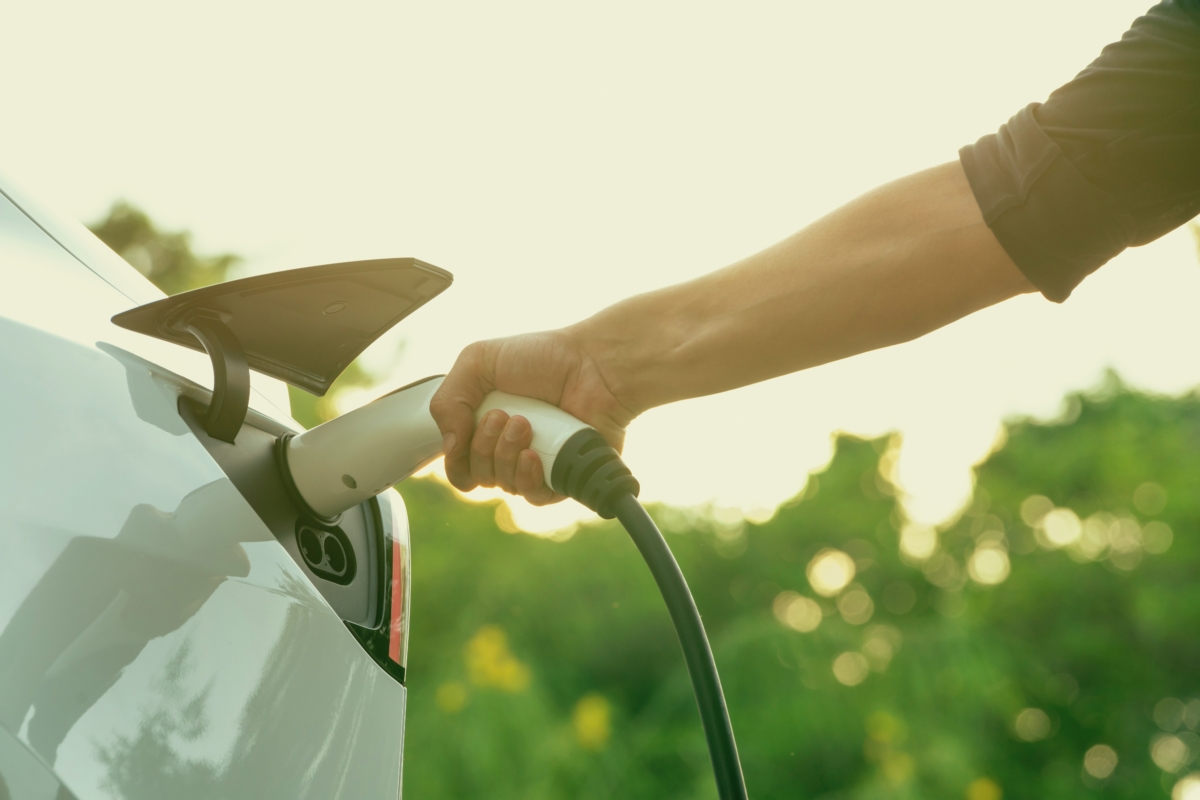New Technique Recycles Almost All Battery Lithium: A Breakthrough for Sustainable Energy
The race towards a sustainable future hinges on efficient and environmentally friendly battery recycling. A groundbreaking new technique promises to revolutionize the process, recovering nearly all the valuable lithium from spent batteries—a significant leap forward in addressing the growing concerns of lithium scarcity and e-waste. This development could significantly impact the electric vehicle (EV) industry and renewable energy sectors, paving the way for a truly circular economy for battery materials.
A Game-Changer in Lithium-Ion Battery Recycling
Current lithium-ion battery recycling methods often fall short, leaving behind significant amounts of valuable materials. This inefficiency contributes to environmental problems and limits the potential for sustainable battery production. However, researchers have developed a novel hydrometallurgical process that boasts an impressive lithium recovery rate of approximately 99%. This represents a substantial improvement over existing techniques, which typically recover only a fraction of the lithium.
How the New Technique Works
This innovative approach utilizes a series of chemical processes to effectively extract lithium from spent batteries. Key aspects of the process include:
- Efficient Pre-treatment: The process begins with a meticulous pre-treatment phase designed to separate various components of the battery, maximizing the recovery of valuable materials. This ensures that the subsequent lithium extraction is highly effective.
- Selective Leaching: A carefully controlled leaching process selectively dissolves the lithium from the battery materials without affecting other components. This precision minimizes waste and maximizes lithium recovery.
- Advanced Purification: Advanced purification techniques ensure the extracted lithium is of high purity, meeting the stringent requirements for use in new battery manufacturing. This eliminates the need for extensive purification steps, improving overall efficiency.
Environmental and Economic Benefits
The implications of this breakthrough are far-reaching. By drastically increasing lithium recovery rates, the new technique offers several key benefits:
- Reduced Environmental Impact: Minimizing lithium mining reduces the environmental damage associated with extraction, including habitat destruction and water pollution. The reduced landfill burden from e-waste also contributes to a cleaner environment.
- Sustainable Battery Production: The increased availability of recycled lithium helps to meet the growing demand for batteries in EVs and renewable energy storage, promoting sustainable energy solutions.
- Economic Advantages: The higher recovery rates translate into significant economic benefits, reducing reliance on virgin lithium resources and creating new opportunities in the recycling industry.
Addressing the Lithium Supply Chain Bottleneck
The global demand for lithium is skyrocketing, driven by the rapid growth of the EV and renewable energy markets. Securing a stable and sustainable supply of lithium is crucial for the transition to a green energy future. This new recycling technology plays a pivotal role in addressing the supply chain bottleneck, ensuring a consistent supply of this critical material.
The Future of Battery Recycling
This significant advancement in battery recycling technology demonstrates the power of innovation in tackling environmental challenges. As the research continues to evolve and the technology is scaled up for commercial applications, we can anticipate a future where almost all lithium from spent batteries is recovered and reused, driving progress towards a truly circular economy and a sustainable energy future.
Call to Action: Learn more about sustainable battery technologies and the circular economy by exploring [link to a relevant resource, e.g., a government agency website or academic research paper]. Staying informed about these developments is crucial for navigating the evolving landscape of sustainable energy.
